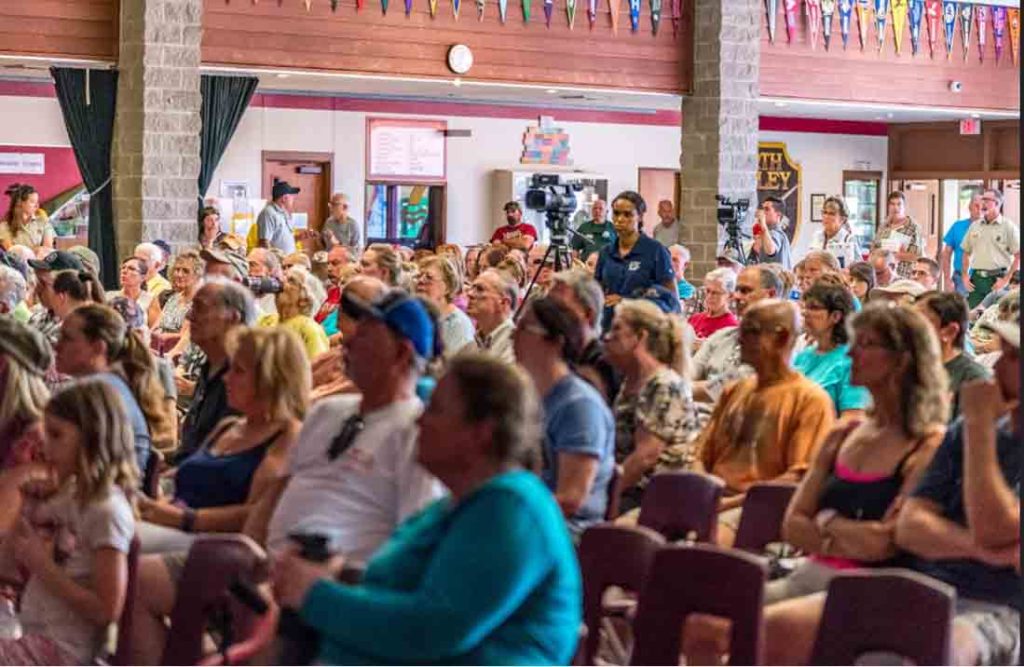A key focus of my blog is Creating Ecosystems of Success and a key focus is current events. Some would argue that as the world is changing, the sense of community is being lost. If that’s so, it’s going to be important to understand how to build communities and pass that information as much as possible. The following contributed post is entitled, What Creates A Community Feeling In Today’s World?
* * *
Communities have always been a significant part of human history. Together, we are stronger, as the saying goes. Communities only exist when people get together. However, while throughout history, communities were created through a natural process to encourage the survival of its people, things have changed dramatically. The days were the population worked together to protect and feed their villages are long gone. Nowadays, you can order everything you need from your preferred online retailer in a matter of a few clicks. As a result, the community spirit is dying out in the western world. Neighbors don’t interact with each other. People help each other so rarely that when they do, their action makes the news. Local businesses suffer against big competitors.
But communities have, nevertheless, a raison d’être, even in modern society. They continue to bring us together around the same goals. More importantly, they give economic and business advantages to the local population. What can we do, today, to rebuild our community feelings?

1. A common platform to discuss local interests.
Each community shares common interests that are related to the specific elements of their local areas. Take, for example, the population of a town. Creating a forum that discusses the infrastructures and local events will appeal to the locals. Even self-government towns that have grown together into a vast concentration of population can tap into their common interests to build their identity. Take, for example, The Villages golf course discussion online; it helps the population to connect. Additionally, the advertising campaign to play free golf for life in the area ensures that the locals take the condition of their golf course very seriously. The bottom line is that once you find the common interest, you can start creating a community of enthusiasts who share knowledge, tips, and stories.
2. Keeping in contact with the audience.
An active community is not only about talking together. People also need to be heard. At a business or municipality level, every project to bring people together on an online platform or through a community center needs to be monitored. Indeed, you have to keep in touch with your audience, making sure they know about the steps your organization takes to protect the community. Email marketing campaigns or direct mailers are excellent ways of informing your community, for instance. Additionally, your communication strategy needs to include a contact email address or phone number to gather relevant feedback.
3. Creating a positive local network.
Last but not least, when a community is defined by its geography – people from the same town or district – it’s essential to encourage the local network of businesses and experts. Ultimately, shopping local is about helping the small and independent businesses to thrive, because every dollar you spend locally goes back to the community. While you can’t get rid of online retailers and other giant competitors, it is in the interest of the community to support the local economy. Indeed, not only does it create a sense of shared values within the population, but it can also lead to the creation of new jobs and wealth for the local area. A community that builds a strong economy stays together.
In conclusion, communities are more relevant than ever, even though our modern lifestyle doesn’t give them a chance to grow. It’s time for businesses and local organizations to invest time and effort into building shared interests, audience, and economic network.
